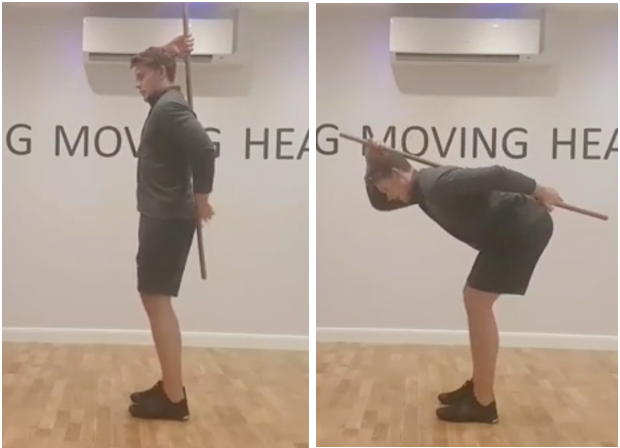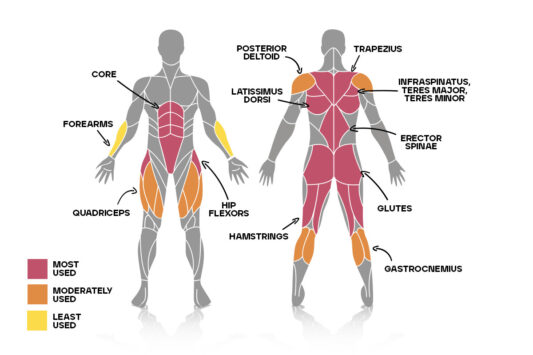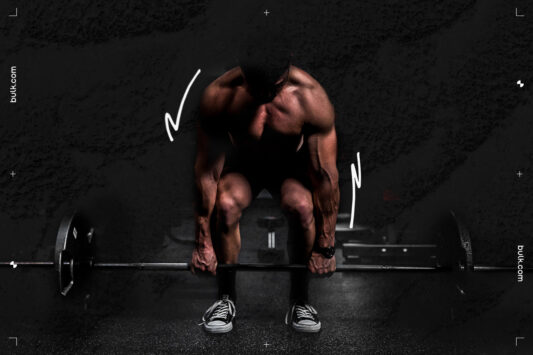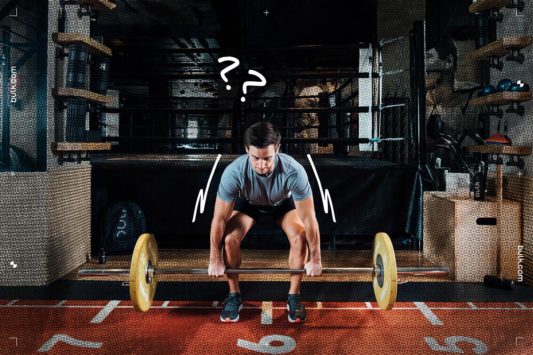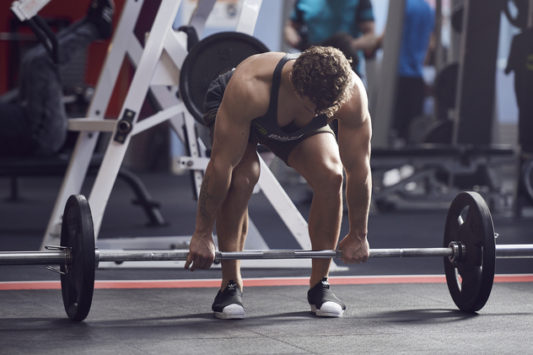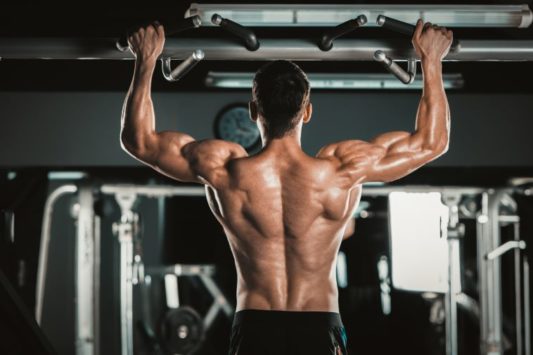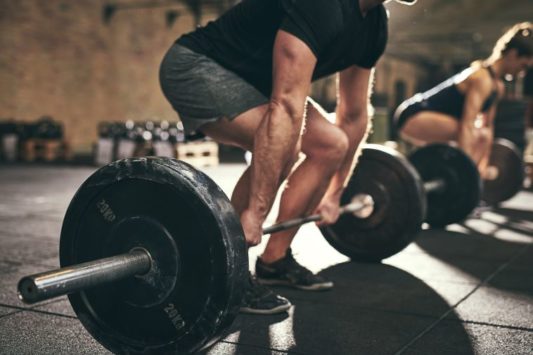Most of us have been there at one time or another.
You finish a set of deadlifts and find yourself bent forward clutching at your back struggling to straighten up. Sadly, for this reason the deadlift has a bad reputation as a cause of many gym goer’s back pain!
The truth is the deadlift, when performed well under the right loading strategies is one of, if not, the top exercise for building full body strength and robustness.
In fact, the deadlift has been proven on a number of occasions to be one of the most effective exercises to build posterior chain strength, which is vital for both sports performance and injury prevention (1)
For this reason, the deadlift is a staple in both mine and my client’s programmes. Here are 6 of my top tips to limit lower back pain whilst deadlifting…
1. ALTER HEAD POSITION
Looking up and forward whilst deadlifting places your neck into extension which has a carry over effect through the body driving an extension based movement pattern. Straight away this will require the muscles in your back to work much harder as it limits the function of the anterior core.
Try it for yourself. Stand up, place your hands on the muscles on your lower back and look up towards the sky as far as possible; feel the muscles working? Now do the same thing but feel the muscles in the front of your core. Feel the difference? The lower back muscles will have to work harder as the anterior core muscles are placed in a position where they are not able to work as effectively as possible.
The quick answer? Keep your head in a neutral position with your chin slightly tucked.
2. ENGAGE YOUR ANTERIOR CORE
As I mentioned in the previous point, the function of the anterior core is vital to moving as efficiently as possible during the deadlift. The primary reason for this is how the abs and obliques (anterior core) affect the rib cage position. As you look up, notice how your rib cage also rises and flares. This again places a high workload on the muscles in the lower back.
A well functioning anterior core limits the amount the rib cage is able to flare providing a more balanced movement between the muscles in the anterior core and the lower back. A great tip to know the best position for your rib cage to be in is to fully exhale. As you do this you will feel your rib cage drop and your abs engage. Aim to keep your rib cage in this position during the lift.
3. HIP HINGE
The deadlift is predominantly a hip hinging movement, meaning the hip joint moves through flexion and extension to complete the movement. As part of this, the hips will have a weight shift backwards initially and then move forward as you extend to stand straight. Perfecting this movement ensures that the movement remains a hip dominant movement throughout. It places less stress on the lower back musculature and spine whilst increasing the work your glutes, hamstrings and calves have to do – win, win!
One of the best drills to learn to effectively hip hinge is by using a dowel stick held flat along your back. This provides you with proprioceptive feedback during the movement to know that your body is well positioned throughout. The key to this drill is to feel your head, back and hips in contact with the dowel throughout.
4. PRIORITISE PATTERN OVER PLATES
The deadlift can be a huge ego lift for many people. Seeing yourself pick up double your bodyweight before letting go of the bar to hear it crash down against the floor resulting in the entire gym gazing over in amazement that you have just lifted such a weight. We have all been there, I know I certainly have! That was until I started leaving the gym with lower back pain and began to film myself to check my technique only to see myself dragging the bar up towards my waist inch by inch like some sort of contortionist. I dropped the weight, focused on developing a solid hip hinge and before I knew it I blew away all of my old PBs. Movement efficiency not only allows you to limit pain and injury but also move more weight with less energy demands.
Leave your ego at the door, and nail the movement.
5. RECIEVE COACHING
One of the best uses of my time and money has been investing in high quality coaching. A coach can be an invaluable investment in your long term health and performance. One thing to remember is that you are only limited by your own thoughts, feelings, beliefs and experience. Every person is different and it may take meeting the right coach who is able to guide you towards movement quality. For this reason if you have worked with a coach unsuccessfully in the past, don’t label all coaches as a waste of time. It just takes the right person to take you to the next level.
6. USE THE TRAP BAR AS AN ACCESSORY
Every movement pattern will have regressions and progressions. When learning the deadlift, I am a huge fan of the trap bar deadlift. The trap bar places the load of the bar directly under your centre of mass leaving less room for mistakes. You can perform exactly the same pattern and often lift more weight. Complement the trap bar deadlift with lighter conventional deadlifts to groove the pattern before increasing the load. I regularly use the trap bar with more experienced and competent lifters with great effect. The one downside is that not all gyms have one but keep an eye out for it.
I hope you are all able to put these tips to use successfully to guide you towards your goals. Injury and pain is a frustrating roadblock in anybody’s progression. If you have any questions about anything pain, injury or performance please feel free to contact me via social media or direct to my email (theonlinephysiocoach@gmail.com) – I am always happy to help!
Related articles
Hungry to learn more? We believe that every person, with support, has the right to transform their lives through fitness. That’s why we’ve put together hundreds of articles with expert advice, all to help you on your fitness journey. From structuring a pull day to more back exercises, check out our relevant articles below:
Fitness training methods Teres major exercises
How to structure a pull day Pull day workout
Gym chest exercises Back day exercises
Benefits of rack pulls Push shoulder exercises
How to build calf muscles Dumbbell shoulder workout

